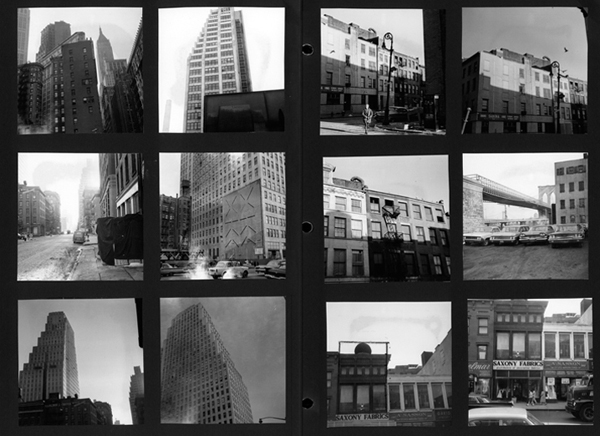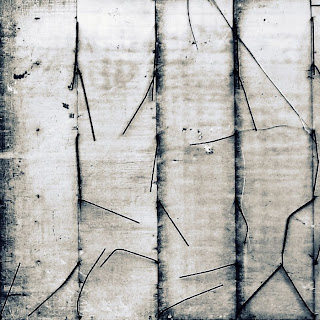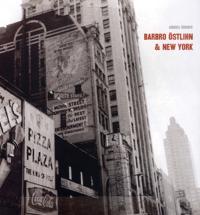 |
| Henri Cartier-Bresson behind Saint Lazare station, 1932 |
by Dana Iordan
A man in a mid-air leap over a puddle: I can still recall my burst of excitement when first seeing this picture. It was a Tv interview with a Cartier-Bresson (jotted down the author's name). Couldn't pinpoint what triggered my instant, vivid response; didn't give it much thought. After all, I wasn't into photography.
Meanwhile, I've started taking pictures. Along the way, other kinds of photography – more contemporary, let's say – have taken their turn in getting my juices flowing, and framing pictures for me whenever I looked at the world. But there are peaks and valleys, and for a while now, things have slowed down for me in the department of enthusiasm. A search for 'something' is going on, again. I've eventually decided to not get in its way, and withdraw into the generic direction of some basics.

So at some point I've set my camera to black and white: it should simplify things, for one. (If it subtracts from pictures, color can be put back into them – one of the advantages of 'RAW' files.) There's also a shift in perception, looking through the viewfinder in color, then checking the b&w result on the camera's screen. Color distractions are gone, and the picture's formal properties become more apparent. Even more so on the computer screen: structures, their weaknesses, opportunities that were within reach, but now are lost, come through like bones in an X-ray. (Cartier-Bresson used to look at contact sheets upside-down).
Going back to the famous picture behind the Gare Saint Lazare: I feel no surge of enthusiasm for it now (perhaps it is already 'known'), but still, the picture holds. What makes it? It may be the contrast between the boldness of the leap, and its already visible futility: we can predict that the man is going to land into the water, though the photographer freezes him just before that happens. But it couldn't be only that.
There's a whole system of visual forces and contrasts that pumps energy into the picture, and contains it at the same time: the visual alliteration of the man's leap (upside-down in his own reflection, while the poster ballerina leaps into the opposing direction, and finally reverberations in the shapes of the roofs around), the contrast between this man's energetic movement and tonal appearance and the other one's gray stillness, etc.
In “The Photographer's Eye”, John Szarkowski talks about 'the decisive moment' (a syntagm that an anarchist Cartier-Bresson did not approve of as a label) as being “decisive not because of the exterior event (the bat meeting the ball) but because in that moment the flux of changing forms and patterns was sensed to have achieved balance and clarity and order – because the image became, for an instant, a picture.”
I have felt this 'falling into place' of things, when one can almost hear a voice saying “Yes, this is IT” or “press the shutter NOW”. But many more times I've missed it, and even more times settled for empty, serial mechanical exercises. I can only hope that preparation, practice, and cultivating a space for yet unknown possibilities can set someone on a collision path with the 'moment' more often – no matter what kind of photography they're into.
 |
Cartier-Bresson said he didn't take photographs: photographs took him. This is one of the first pictures that 'took me'. |
Where the author is not specified, photos © Dana Iordan.








